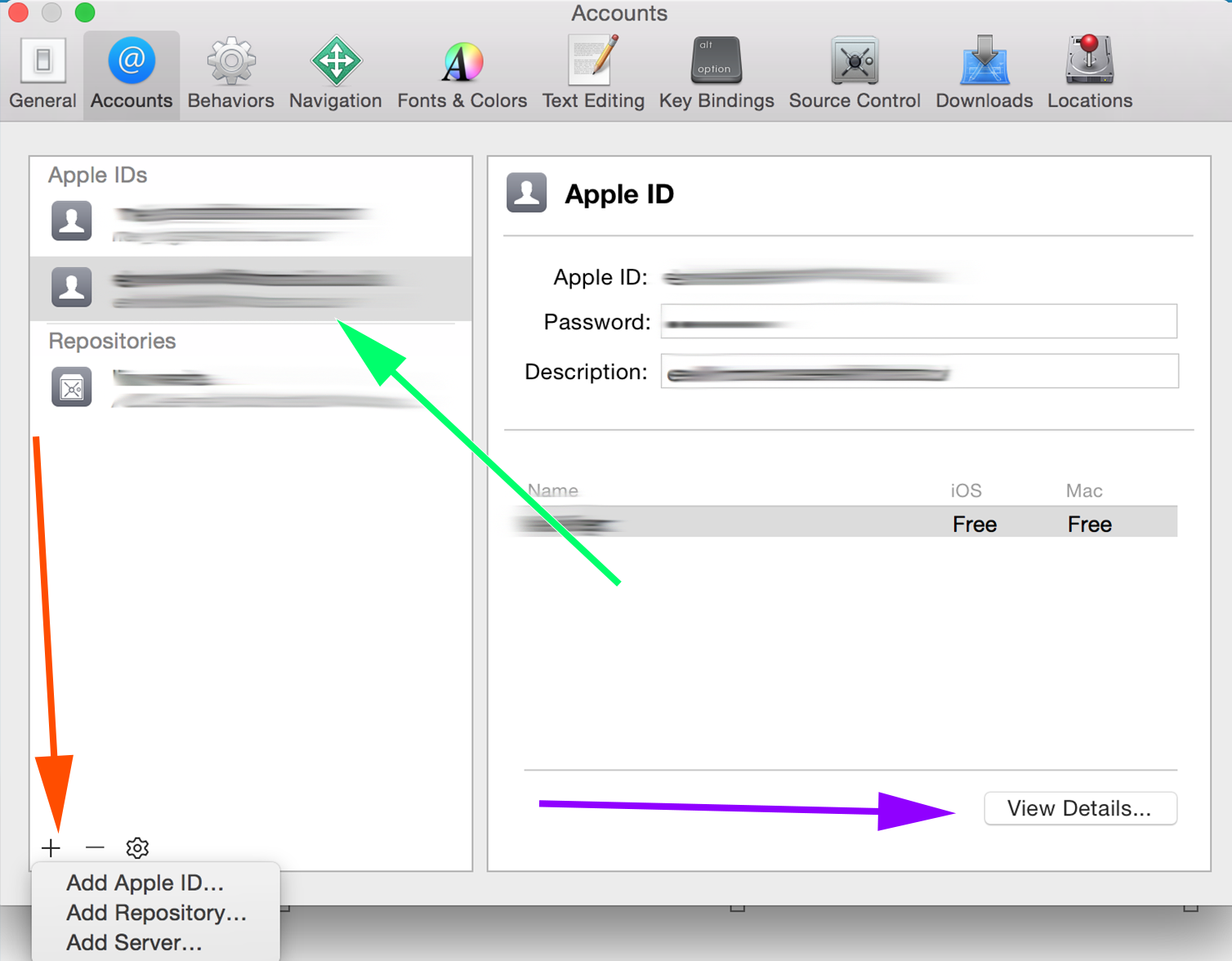
- PROJECT STATISTICS FOR XCODE INSTALL
- PROJECT STATISTICS FOR XCODE UPDATE
- PROJECT STATISTICS FOR XCODE FULL
- PROJECT STATISTICS FOR XCODE MAC
PROJECT STATISTICS FOR XCODE INSTALL
It runs at the end of a pod install or a pod update. Ideally we can reduce the amount of impact GitHub stars affects a quality index, and replace some of the values with new metrics based on downloads/installations. How does this affect the quality indexes / sorting?
PROJECT STATISTICS FOR XCODE UPDATE
Sure, update to the latest CocoaPods gem install cocoapods or download the latest CocoaPods.app.

In a release or two we will bundle this into CocoaPods, and it will be installed by default for everyone moving forwards. We plan on making this initially a separate CocoaPods plugin that you can optionally install via gem install cocoapods-stats which will send the data. You can set an environment variable COCOAPODS_DISABLE_STATS to true in your shell, and stats will not be sent from your machine. A daily task is triggered on the web site, this makes SQL requests against the Redshift instance which is then imported into. This acts as a conduit sending analytics events to Segment. So you already know about the CocoaPods plugin, but from there it sends your anonymous Pod stats up to. They offered a lot of great advice around the data-modelling, we were up and running really quickly. So I reached out about having them hosting the stats infrastructure for CocoaPods. We use Segment in Artsy, and our analytics team had really good things to say about their Redshift infrastructure. As someone who wants to be building iOS apps, and not maintaining more infrastructure in my spare time, I wanted to avoid this.
PROJECT STATISTICS FOR XCODE FULL
This is an elegant solution for a company with people working full time on up-time and stability.

My first attempt at a stats architecture was based on how npm does stats, roughly speaking they send all logs to S3 where they are map-reduced on a daily basis into individual package metrics. Ideally before release we'll also be able to give statistics on how many people are using pod try for your library too. We then also send along the CocoaPods version that was used to generate this installation. objects_by_uuid # Send in a digested'd UUID anyway, a second layer # of misdirection can't hurt # Grab the project and the type of target uuid = target. These UUIDs never change in a project's lifetime (contrary to, for example, the bundle identifier).
PROJECT STATISTICS FOR XCODE MAC
These are a hash of your MAC address, Xcode's process id and the time of target creation (but we only know the UUID/hash, so your MAC address is unknown to us). So in order to know unique targets we use your project's target UUID as an identifier. Data being sentįirst up, we don't want to know anything about your app. We ensure that you have a CocoaPods/Specs repo set up as your master repo, then ensure that each pod to be sent is inside that repo before accepting it as a public domain pod. We're very pessimistic about sending a Pod up to our stats server. It registers as a post-install plugin and is ran on every pod install or pod update. CocoaPods-Stats is a plugin that is now bundled with CocoaPods from version 0.38 onwards. Specify the minimum deployment target version for the Pod library.Let's go over how we check which pods get sent up for analytics, and how we do the unique installs. This step helps synchronize your Xcode project with Gradle project dependencies by calling pod install for your Podfile.

If you don't specify the minimum deployment target version and a dependency Pod requires a higher deployment target, you will get an error.Ĭreate an Xcode project with a Podfile if you haven't done so yet.Īdd the path to your Xcode project Podfile with podfile = project.file(.) to ( adle) of your Kotlin project. To correctly import the dependencies into the Kotlin/Native module, the Podfile must contain either use_modular_headers! or use_frameworks! directive. However, in this case, you need to add a dependency by calling pod install manually for each Xcode project. It's also possible to add dependencies between a Gradle project and multiple Xcode projects. You can add dependencies between a Kotlin Gradle project and an Xcode project with one or several targets. Such an approach simplifies importing to Xcode by removing a need to write the corresponding Gradle tasks and Xcode build steps manually. This dependency will be automatically built (and rebuilt) along with this project. You can include such a dependency in the Podfile of the Xcode project by its name and path to the project directory containing the generated Podspec. You can use a Kotlin Multiplatform project with native targets as a CocoaPods dependency. Use a Kotlin Gradle project as a CocoaPods dependency


 0 kommentar(er)
0 kommentar(er)
